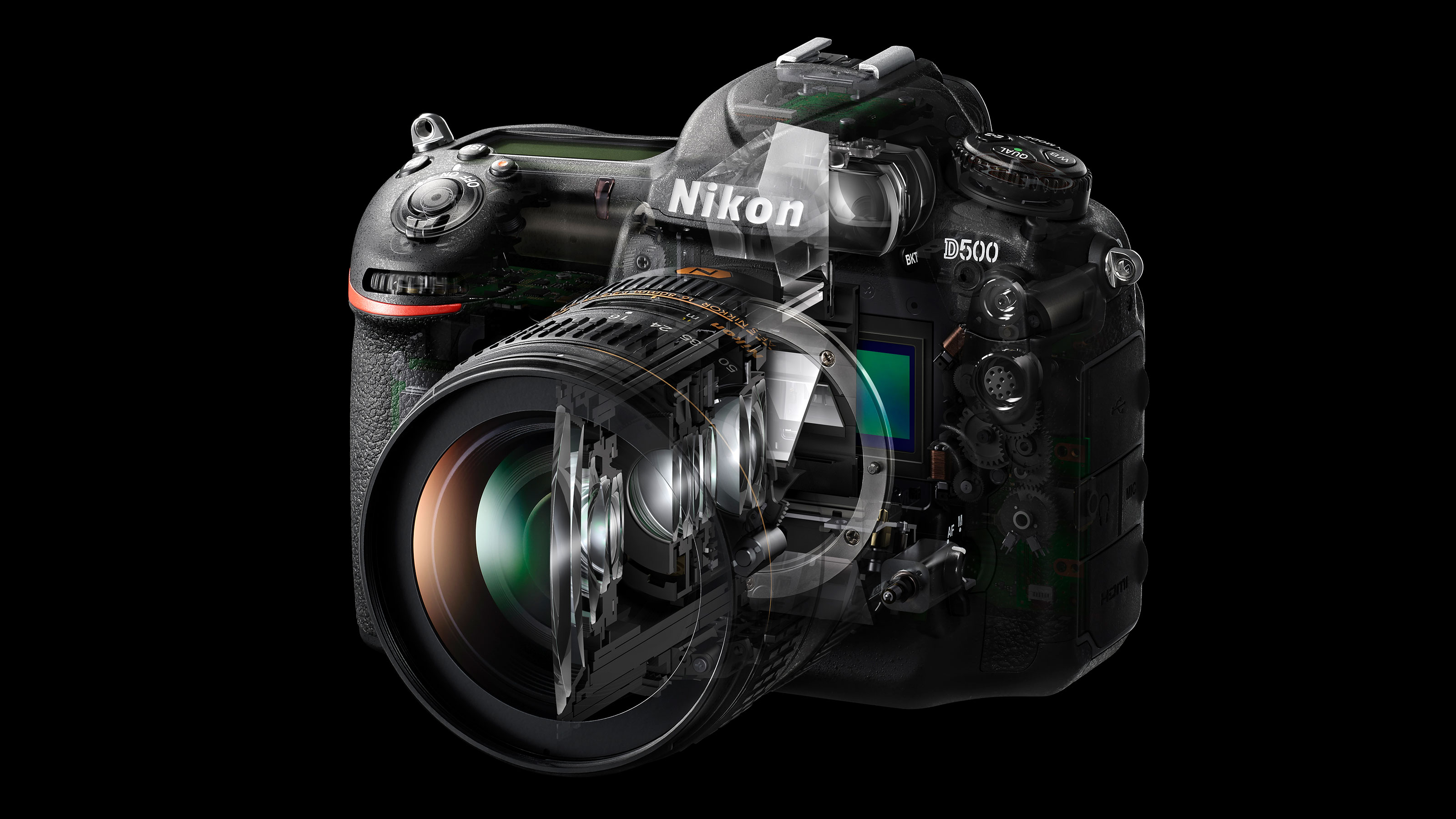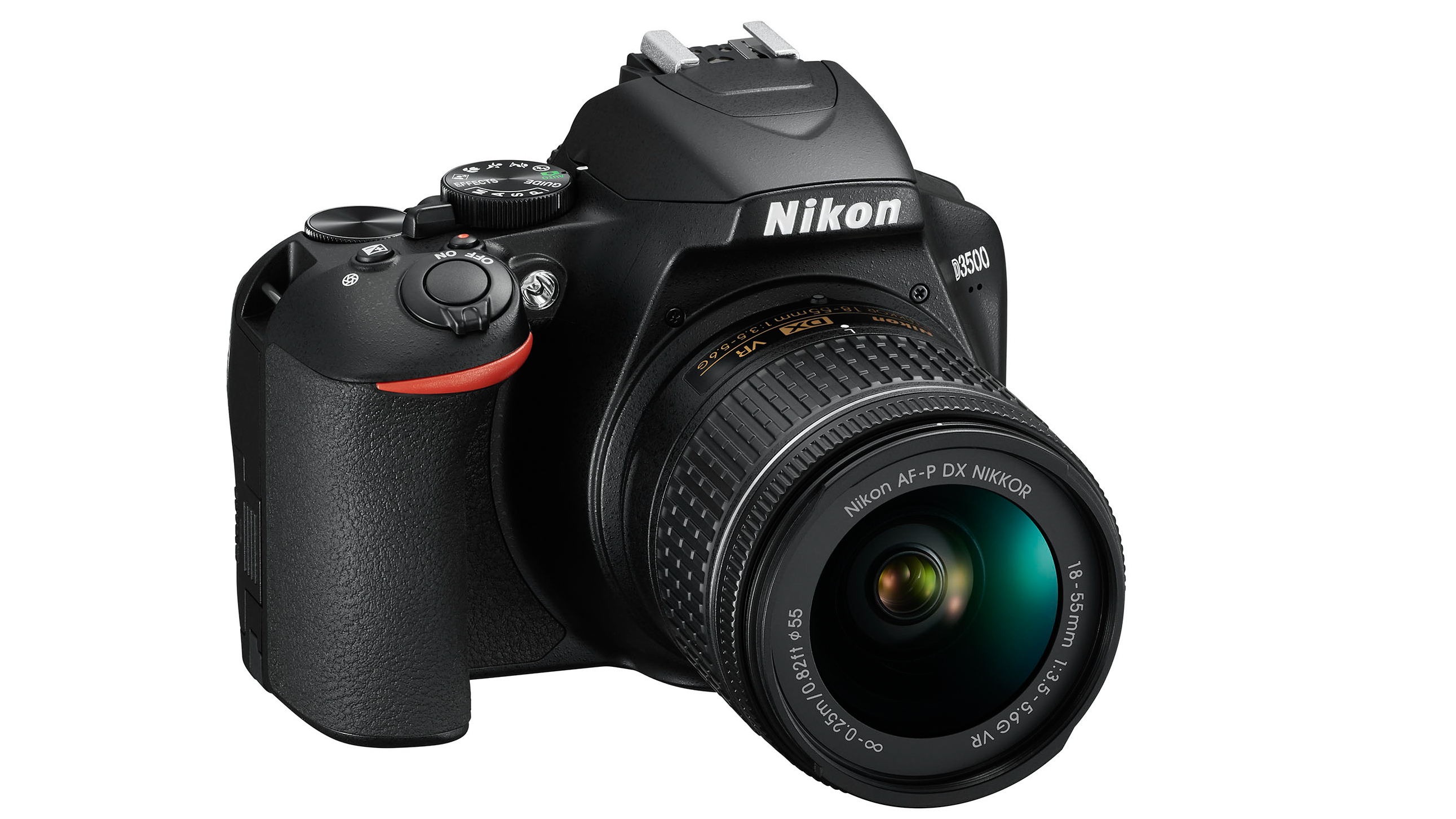What is a DSLR camera and are they still useful?
Discover what is a DSLR camera, and whether they’re still worth investing in when mirrorless cameras are taking over

What is a DSLR camera? That's a good question to ask. The letters DSLR stand for Digital Single Lens Reflex, and if you’re new to photography you might not know what this actually means.
DSLRs have been in existence since the mid-1970s, when a Kodak engineer created the very first prototype and they became the next technological step from a film SLR.
‘Digital’ refers to the fact that, instead of capturing the image on film, the scene is recorded on a light sensitive sensor. SL stands for ‘Single-lens’ and R for ‘Reflex.’
Essentially, an SLR uses one lens to focus, frame and take the photograph and the Reflex part is an internal mirror that redirects incoming light through a pentaprism and into an optical viewfinder. This allows the photographer to see what they are shooting. During the exposure, the mirror flips up and out of the way.
A DSLR allows the photographer to use many different lenses, since each lens can be taken off and replaced with one of a different focal length. The only limitation to this is that each lens has to have the same mount fitting for the specific manufacturer and some lenses are made for a specific sensor size.
DSLRs have effectively replaced film SLRs, and they have been the firm favourite among enthusiast and professional photographers wanting a creative and flexible system to capture their images.
In more recent years, advances in technology have bypasses the mirror-to-pentaprism viewing system and allowed the scene to be viewed via the LCD panel on the back of the camera. As a by-product of this ‘Live View’, modern DSLRs also have ability to record video as well as stills images. The Canon EOS 90D is an example of a DSLR which has adopted mirrorless autofocus and video capabilities. Even so, most DSLR development seems to have stagnated. Nikon hasn't made a new DX format (APS-C) DSLR since the Nikon D7500 in 2017. Pentax, meanwhile, is so confident about its old-school DSLR philosophy that it doesn't even include a tilting screen on the new Pentax K-3 Mark III.
The best camera deals, reviews, product advice, and unmissable photography news, direct to your inbox!
• See also: Nikon Z50 vs D7500
DSLR vs mirrorless
Despite the DSLR's dominance among creative photographers, sales have been in decline because they are no longer the only interchangeable lens camera option. Now all major camera manufacturers also produce ranges of 'mirrorless' interchangeable lens cameras, many of which have the benefit of being smaller and lighter.
Mirrorless cameras also offer other very useful functionality, such as Electronic Viewfinders (EVF), so you see the digital image the camera will capture as you frame the shot, and much quieter shooting, as there is no noise created by a mirror flipping up and down.
DSLR popularity
DSLRs are still popular, especially among professional sports and press photographers. However, mirrorless cameras are being used more and more by professional photographers in many genres, including wedding, travel, and wildlife photography.
The bigger DSLR design does still have some strengths. Its bulk and (depending on model) robustness is seen as a positive factor by some photographers because not everyone wants smaller and lighter cameras. Ergonomically there are still some handling advantages with a larger camera body.
Currently there is also a greater selection of lenses available to the DSLR-user, and a DSLR’s battery often lasts longer before it needs recharging because it uses less power in everyday photography.
While the mirrorless camera certainly represents the future, the DSLR is not dead yet and its lens legacy, functionality and the fact there is a huge range of DSLR models still available to suit every budget means that it’ll be shooting plenty of amazing images for some time to come.
Read more:
• Best cameras to buy
---
• Best DSLRs
• Best beginner cameras
• DSLR vs mirrorless cameras
Jon started out as a film-maker, working as a cameraman and video editor before becoming a writer/director. He made corporate & broadcast programmes in the UK and Middle East, and also composed music, writing for TV, radio and cinema. Jon worked as a photographer and journalist alongside this, and took his video skills into magazine publishing, where he edited the Digital Photo magazine for over 15 years. He is an expert in photo editing, video making and camera techniques.



